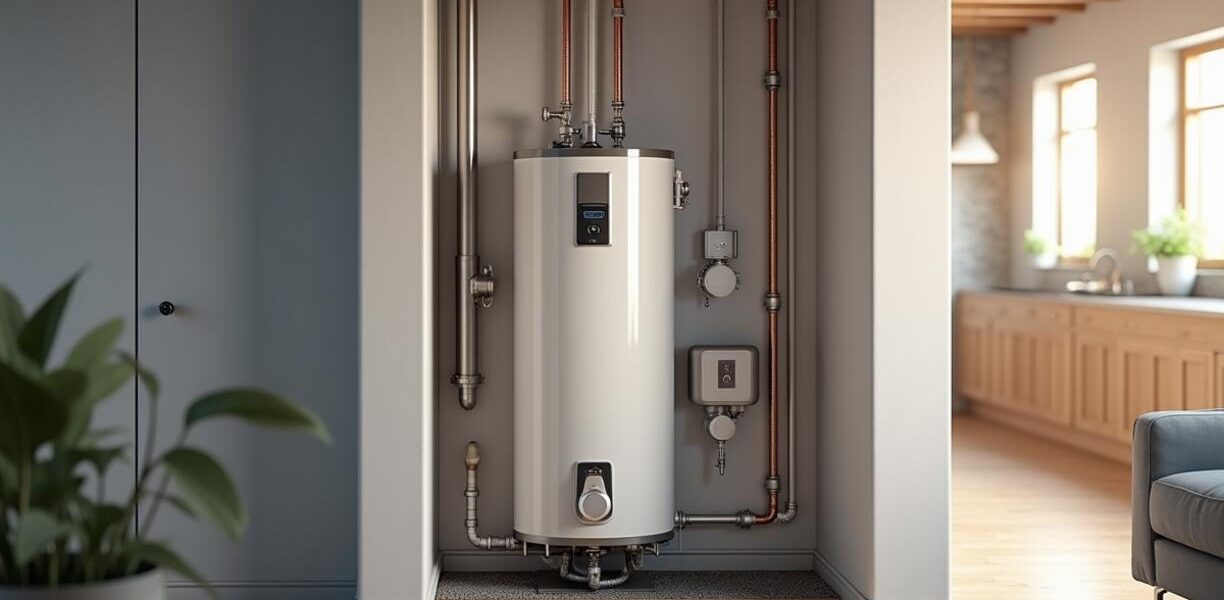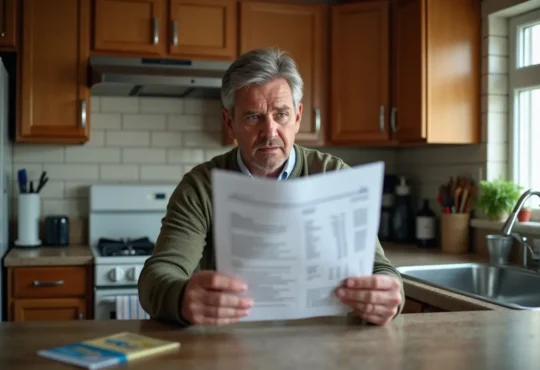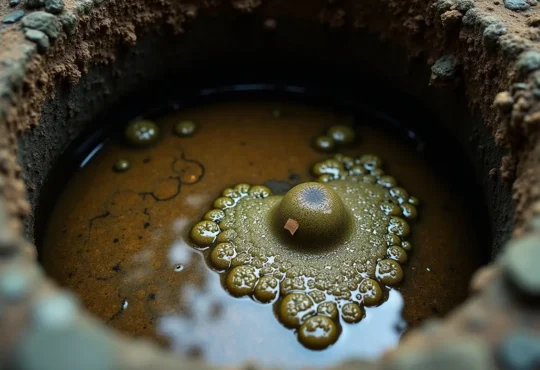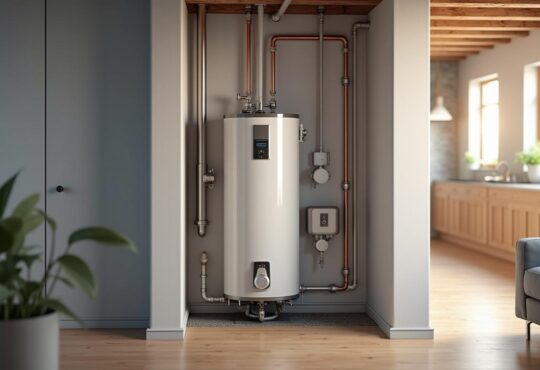
Where are Water Heaters Installed?
Discover how installing water heaters near bathrooms or kitchens improves hot water access. Many homeowners don’t give much thought to the specific spot where these devices go. However, the truth is, strategic placement can significantly impact energy bills, safety, and everyday convenience. If you’re thinking about replacing or relocating your unit, learning about the best spots for water heater installation can help ensure you optimize your household’s hot water supply. The sections below explore common locations that answer the question where are water heaters installed in the home.
Contents
- 1 Why the location of your water heater matters
- 2 Typical basement setups
- 3 Garage installation insights
- 4 Utility closets in or near living spaces
- 5 Attic placements and potential pitfalls
- 6 Exploring tankless options for flexible placement
- 7 Additional tips for finding the ideal spot
- 8 Final thoughts on choosing a location
Why the location of your water heater matters
Placing a water heater isn’t just about finding a corner and calling it a day. Your chosen spot influences everything from how soon you feel hot water at the tap to how much energy your household consumes. When set up in the wrong location, you might face lukewarm showers, increased bills, or difficulty accessing the unit for maintenance.
On top of that, certain areas of a home allow for easier access to gas or electric lines, ventilation, and drainage. If you overlook these factors, you could end up with a unit that is inconvenient to use or service. Checking your local building codes is also essential, as regulations often outline acceptable placement options.
Considering noise and space
Most modern water heaters operate quietly, but older or more powerful units can produce noise during heating cycles. If the device sits somewhere close to bedrooms or a home office, those sounds may become a distraction. Adequate space around the heater also matters because it simplifies maintenance and keeps professionals happy when they’re inspecting or repairing the system.
Typical basement setups
The basement is a common choice for many homeowners. This spot provides a secluded area that’s often away from everyday activities. Additionally, there’s usually enough room for various types of water heaters, such as traditional tanks or newer tankless models. Being below the rest of the house, though, can sometimes lead to a slight delay in hot water reaching upper levels. If the basement is particularly cold or damp, investing in good insulation around your pipes and the heater itself becomes crucial.
Basements also offer relative protection from extreme weather and flooding in certain regions. That said, if your area is prone to heavy rainfall or rising water tables, the basement might not be the safest, since a flooded basement can severely damage the heater. Make sure there’s a reliable drainage solution, such as a floor drain or sump pump, to minimize risks.
Handling maintenance in the basement
A basement location can offer privacy for technicians performing repairs. There’s typically enough room to move around, and noise is less likely to bother family members. However, basements with limited headroom or tricky access points can make replacing an older tank more difficult. Double-check whether the technician can easily bring in a larger unit or if you need to move items out of the way first.
Garage installation insights
Some homes opt to install water heaters in a garage. This spot often provides the opportunity to keep noise and potential leaks away from living areas. Additionally, hooking the unit up to existing gas or electric lines can be simpler if the garage already has those utilities in place. If you have an attached garage, it might also be relatively easy to route hot water to indoor taps.
Keep in mind that garages can get very hot or cold, depending on the climate. A consistently chilly garage can force the heater to work harder to keep water at the desired temperature. This factor will influence your energy usage. Adding insulation or a water heater blanket can reduce some of that thermal loss, prolong the system’s life, and lower the amount you spend on utilities.
Safety considerations in the garage
Placing the heater on an elevated platform is wise, especially for gas units. This step helps keep flammable vapors away from the ignition source. If you store chemicals, gasoline, or other volatile substances in the garage, maintain a safe distance from the appliance. Reading through local codes ensures your garage meets all safety guidelines for water heater placement.
Utility closets in or near living spaces
A utility closet can be another convenient location. Having a water heater tucked away inside a closet in your hallway or kitchen provides quick access if you need to adjust the settings or flush the tank. It also usually reduces the wait time for hot water. However, smaller closet spaces must meet clearance requirements, so you don’t end up with a fire hazard or ventilation issues.
For those living in apartments or smaller homes, the closet might be the only practical option. The challenge is ensuring that the enclosure has enough airflow. Some modern water heaters can draw combustion air from the outside, which makes closet installations safer. Always check that the venting system aligns with manufacturer guidelines, especially if you’re dealing with gas-fired units.
Balancing noise and accessibility
When the heater sits inside a closet near your living space, you might hear the occasional rumble or hiss during a heating cycle. This noise is often minimal, but if you’re a light sleeper, consider the closet’s position relative to your bedroom or study. On the plus side, a closet installation in easy reach encourages more frequent maintenance checks, which can prolong the unit’s lifespan and save you expensive repairs down the road.
Attic placements and potential pitfalls
Some homeowners use the attic to install a water heater, mainly to free up space elsewhere. While this can open up the more functional areas of your home, it creates special considerations. Attics can experience significant temperature swings, potentially forcing the heater to work harder. Also, if a leak occurs, there’s a risk of water damage to the areas below.
If you do take the attic route, consider installing a drip pan with a drain line. This setup channels any leak away from your ceilings. It’s also common to reinforce the attic floor to hold the heater’s weight, especially if you have a larger tank or have concerns about structural integrity. An attic access door needs to be big enough to allow for installation and future replacement.
Exploring tankless options for flexible placement
Installing tankless water heaters can loosen your location constraints. These on-demand systems are smaller, so you don’t need as much clearance. Many homeowners mount them on walls in utility rooms, closets, or exterior walls for direct venting. This approach can slash energy costs, as tankless heaters only heat water when it’s needed, rather than maintaining a reservoir of hot water all day.
Going tankless, however, still requires consideration of fuel type and ventilation needs. If the system relies on natural gas or propane, ensure there’s an adequate fresh air supply. Electric tankless models can be simpler from a venting standpoint but may require more substantial electrical capacity. Assess your home’s energy infrastructure before deciding on the final location.
Maintenance and longevity
Tankless heaters tend to last longer, partly because they don’t hold standing water that can create rust or sediment buildup. Still, regular descaling is a must if you have hard water. Another benefit is the convenience of swapping out parts, given the smaller footprint of the device. Whether you place it near a frequently used bathroom or in the garage, having quick maintenance access keeps things running smoothly.
Additional tips for finding the ideal spot
Whether you lean toward the basement, garage, attic, or a closet, a few universal principles guide successful placement. One is ensuring your water heater is near the primary points where hot water is in high demand. Another involves checking that there’s enough clearance around the unit for safety and inspection. The farther the heater is from your tap, the more heat you lose, and the longer you’ll wait for hot water.
It’s also crucial to think long term. Are you planning to renovate or convert part of the house in the future? A water heater in the middle of a remodeling zone can complicate construction. You should also factor in local building codes to avoid fines or incompatibilities with future system updates.
Considering efficiency and costs
If you want to trim energy costs, positioning a heater closer to plumbing fixtures helps cut heat loss. Similarly, a well-insulated location conserves warmth in cooler months. Some homeowners install recirculation pumps to keep hot water readily available at the fixture, though this can add to the electric or gas bill. Balancing convenience and expense is key, so weigh how each location affects heating speed, comfort, and your wallet.
Final thoughts on choosing a location
Your home’s design, local climate, and the fuel type all influence where your heater should sit. Traditional tank models, garage installs, and modern tankless solutions each bring their own benefits and caveats. Some people may sacrifice a bit of convenience for extra storage space, while others might prioritize easy access above all else. Weighing these considerations ensures you pick a spot that delivers the hot water you need without driving up energy costs or maintenance headaches.





 Hi I'm Joe.
Hi I'm Joe. 